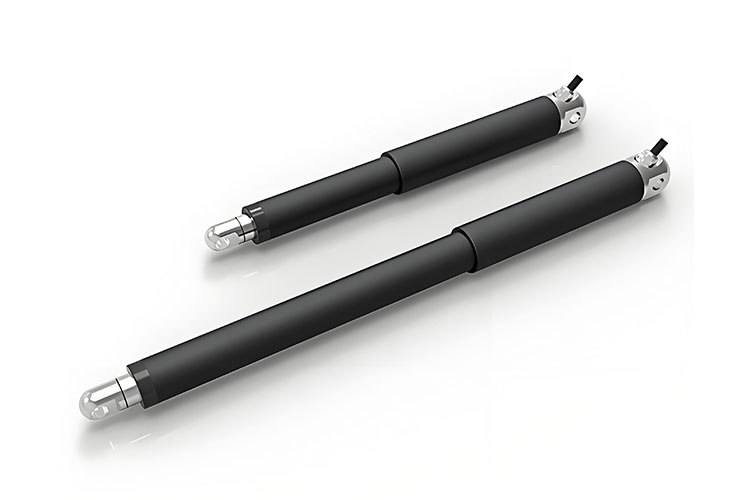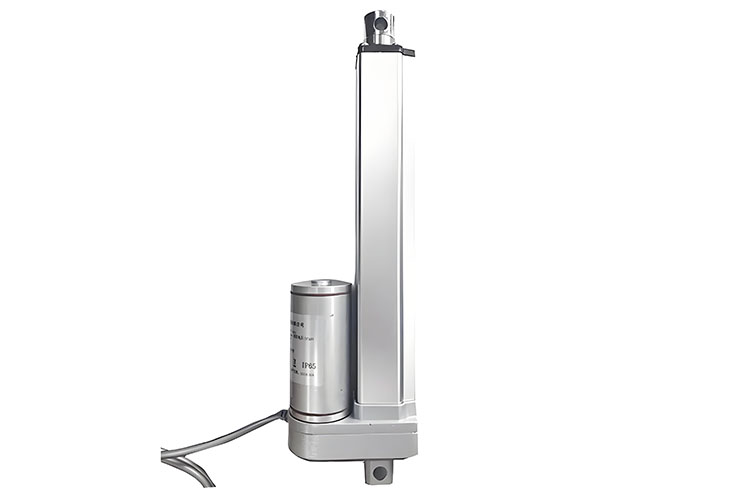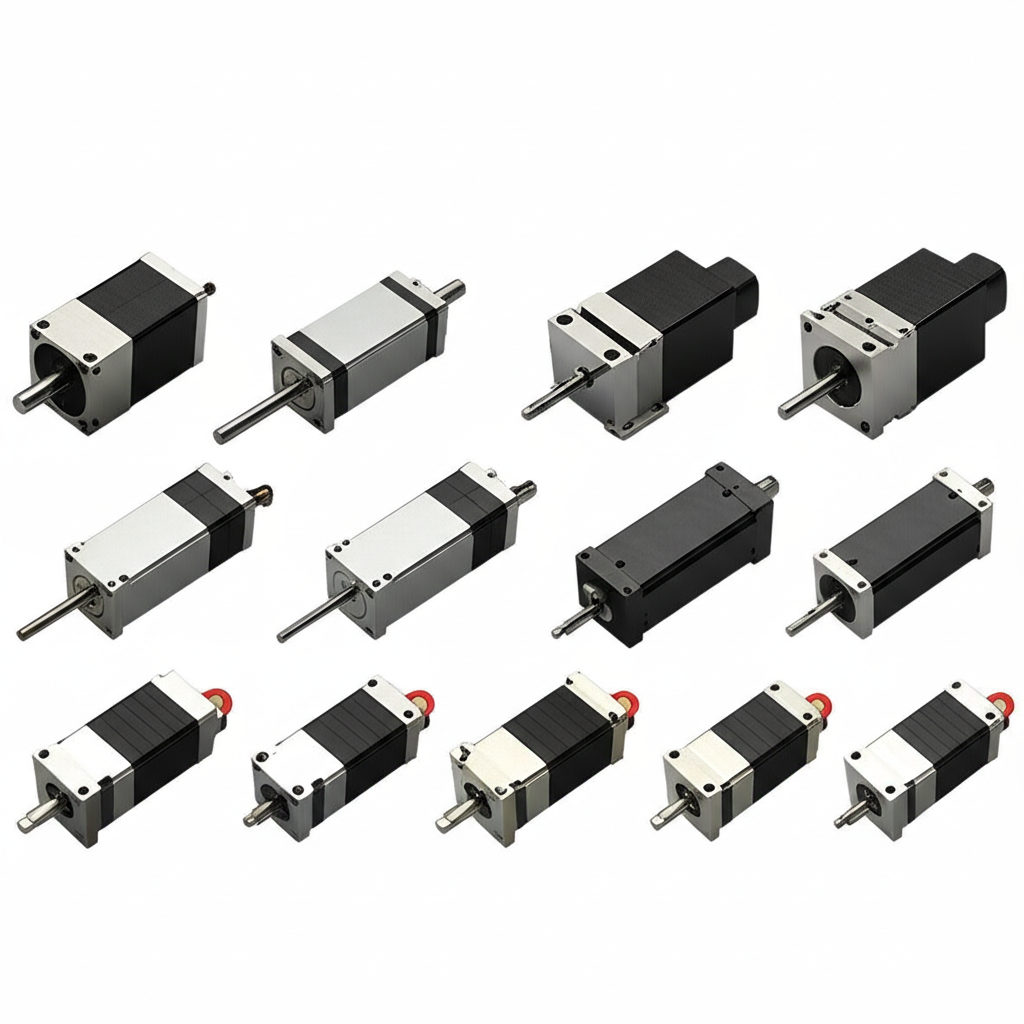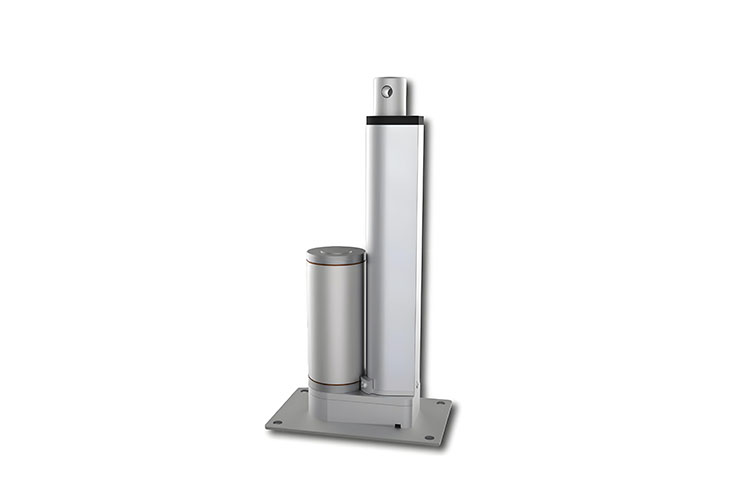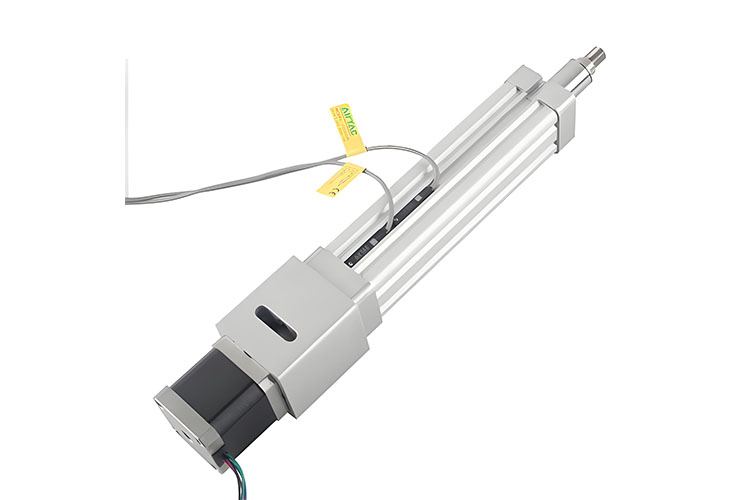Hello! Do you need something that moves things up and down, back and forth, smoothly and fast? Maybe you want to build a robot, make a desk go up and down, or open a window by pushing a button. These jobs need machines called linear actuators. But how does a linear actuator work? What makes it so special? Let me tell you, and I will show you why picking the right part is as important as choosing the right shoe for your foot.
What Is a Linear Actuator and Why Do You Need One?
A linear actuator is a helper. It can push, pull, lift, tilt, or drop something for you. All you do is press a button. Easy! If you want your TV to pop up from a cabinet or make a bed rise higher, you need a linear actuator. At Jimi (Jimi Technology Co., Ltd.), we make these smart machines. We help people in homes, schools, factories, and even hospitals enjoy motion at a touch.
Two Big Choices: Ball Screw or Lead Screw
Inside a linear actuator is a clever part that makes turning into moving. You turn the screw; the thing moves in a straight line. There are two main types: ball screw and lead screw. They might look almost the same, but they move very differently. Picking the right one makes your machine last longer, work better, and even cost you less.
Let’s Meet the Ball Screw: Smooth and Fast
A ball screw uses tiny ball bearings between the screw and the nut. The balls roll—just like marbles—so there is not much rubbing. This is called rolling friction. Rolling is faster than sliding. That means the ball screw moves things more quickly, uses less power, and stays cool.
Why Choose a Ball Screw?
- Very high efficiency (moves most of the power you put in!)
- Low friction means less wear–parts last a long, long time.
- High load capacity – can lift heavy things all day.
- Minimal backlash – moves right where you want, every time.
- Fast and quiet – great for machines like CNC machines, robots, and hospital beds.
Our Ball Screw Promise
With Jimi’s ball screw actuators, you get precision linear motion for industrial automation, robot arms, or even medical device motion. For jobs that need to be just right, and right now, the ball screw is your best friend.
Say Hello to the Lead Screw: Simple and Strong
A lead screw is a straight rod with threads—think of a giant spiral slide. The lead nut (or acme nut or trapezoidal nut) matches these threads. When you turn the screw, the nut slides, not rolls. This is called sliding friction.
Why Choose a Lead Screw?
- Simple design – not many little parts to go wrong.
- Self-locking – stays put when you stop turning. That means no sliding down!
- Lower price – fits more budgets.
- Easy to maintain, even in dirty or wet places.
- Great for light to medium loads or when you do not need to move very fast.
Our Lead Screw Solution for You
Jimi’s lead screw linear actuators are perfect for simple automation, window openers, or anything that just needs to move every so often. Need a cost-effective linear motion solution for your DIY project? Our lead screw actuators will do the trick.
Ball Screw vs. Lead Screw: A Simple Table Makes It Easy
| Feature | Ball Screw | Lead Screw |
|---|---|---|
| Efficiency | 90-98% (rolling friction) | 20-70% (sliding friction) |
| Backlash | Very low | More, can be reduced |
| Load Capacity | Very high | Moderate |
| Speed | Fast | Slower |
| Lifespan | Longer | Shorter |
| Cost | Higher at first | Lower up front |
| Maintenance | Needs care, stays clean | Easier to look after |
| Noise Level | Quieter, smooth | Can be noisy, stick-slip |
| Self-Locking | No | Yes, with right thread |
| Used For | Robots, CNC, medical bed | Windows, desks, valves |
Reference: Data based on typical engineering observations.
What Do You Need? Let’s Find Out!
Now, ask yourself: what do you want your machine to do? Here are some questions to help you choose:
- How heavy is the thing you want to move? (Load capacity)
- How far and how fast do you want to move it?
- Do you need it to stop and stay put when the power is off? (Self-locking)
- Is being quiet important?
- Do you want it to last for years with little fixing needed?
- Is your budget tight, or do you want the very best?
- Will it get dirty or wet where you put it?
- Do you need to hit the same spot every time? (Precision)
Let’s make it even easier with a checklist.
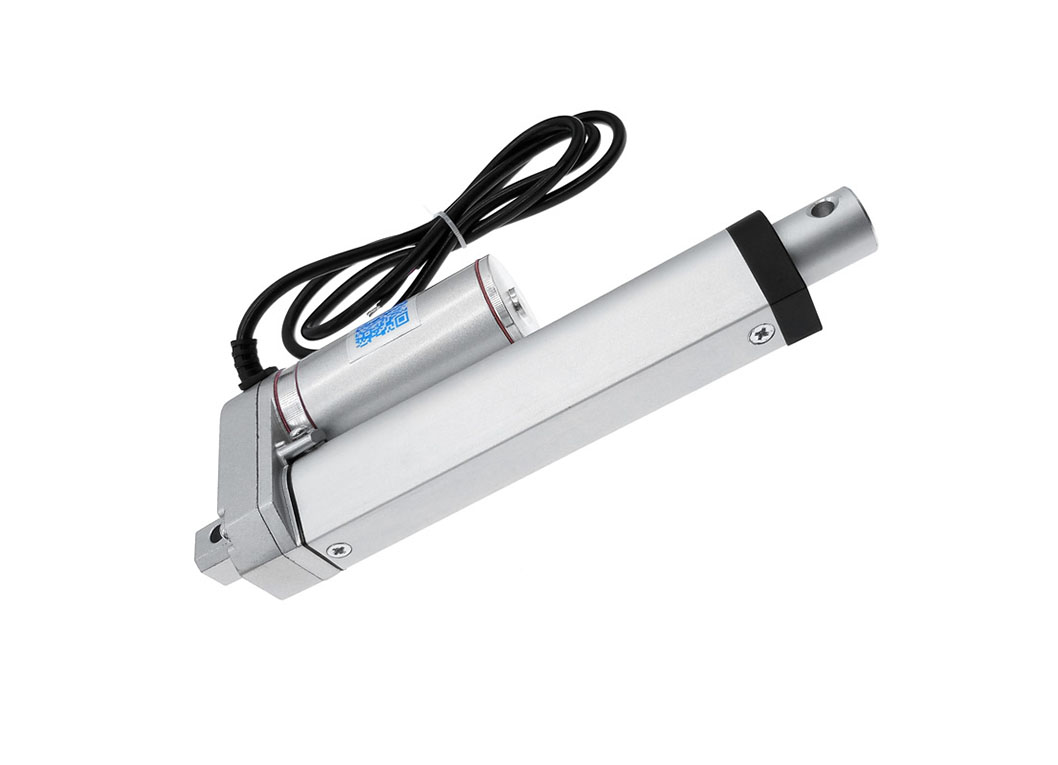
When to Pick a Ball Screw Actuator:
- You want very smooth operation.
- You need to move heavy things.
- You must hit a precise point—every time!
- Your machine will run all day, every day.
- Energy efficiency is key.
- You expect low noise and vibration.
Explore our heavy-duty and precision [ball screw actuators] for industrial power and top accuracy.
When to Pick a Lead Screw Actuator:
- You need something simple and cost-effective.
- The job does not run all the time.
- You want it to hold in place when off.
- It is okay if it is a little less precise.
- It might get wet or dusty.
- You value easy care over top speed.
Discover our easy-to-install [lead screw / acme screw actuators] for everyday use and dependable performance.
Real-Life Stories Help You Decide
Case 1: High-Speed Robot
A factory wanted a robot arm to pick up candy. It needed to be fast—60 picks every minute—and right on the dot. The answer? A ball screw actuator. It moved quickly and hit every spot again and again. It stayed cool, lasted long, and never missed a beat.
Case 2: Greenhouse Window
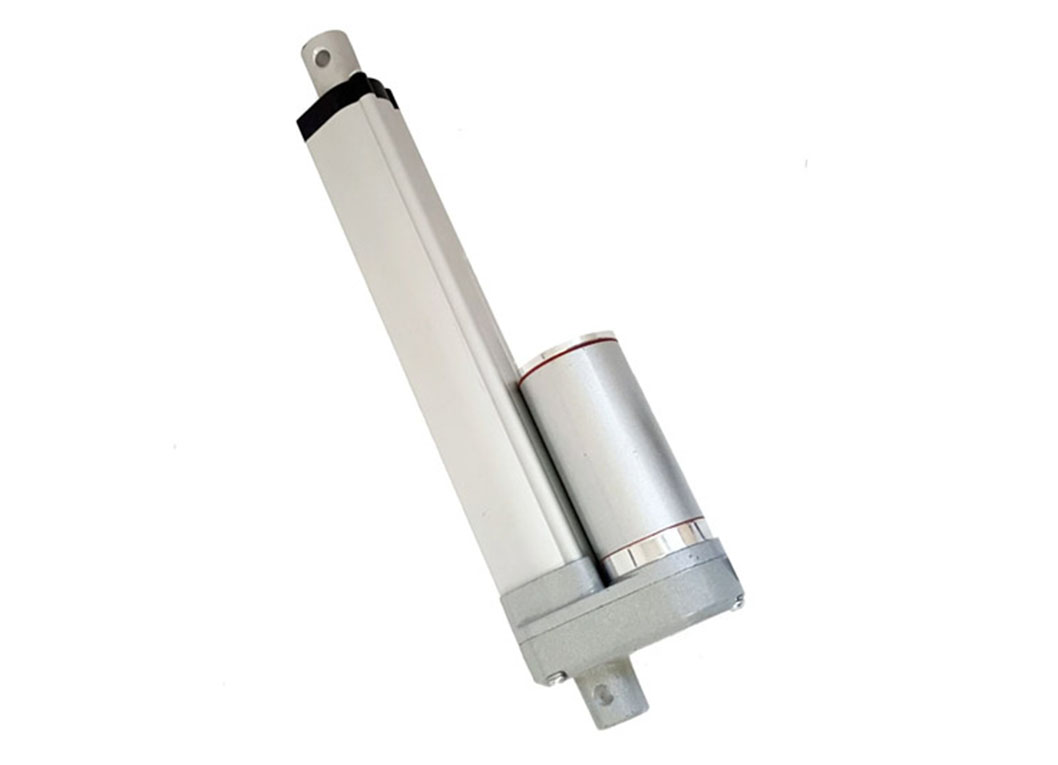
A farmer wanted a window to open for the plants. It only moved a little, a few times a day. He did not want it to fall shut if the wind blew. The answer? A lead screw actuator. It locked in place and cost less, so the plants got air and the wallet smiled too.
Why Trust Jimi Technology Co., Ltd.?
You want your linear motion done right. That’s why you can count on us at Jimi. We build high-quality linear actuators, automation systems, and TV lifts for every job. Here’s what sets us apart:
- Experts in automation – over a decade of real-world experience
- Custom engineering – we listen and make what you need
- Global reach, local service – we help big factories and home inventors
- Top materials – bronze, Delrin, stainless steel, and tough ball bearings
- Precision design – for robots, medical machines, packaging lines, and more
- Quiet, smooth, reliable systems – for home, office, or industry
From electric linear actuators to industrial automation systems, we have the solution. Need a custom electric cylinder with servo motor actuator? Or a quiet linear actuator for your smart home? Count on us.
Let’s Wrap Up: Your Best Move Starts Here
Both ball screws and lead screws are superstars of moving things in a straight line. The trick is matching the right one to your dream. If you want performance—go ball screw. If you want simplicity or savings—go lead screw.
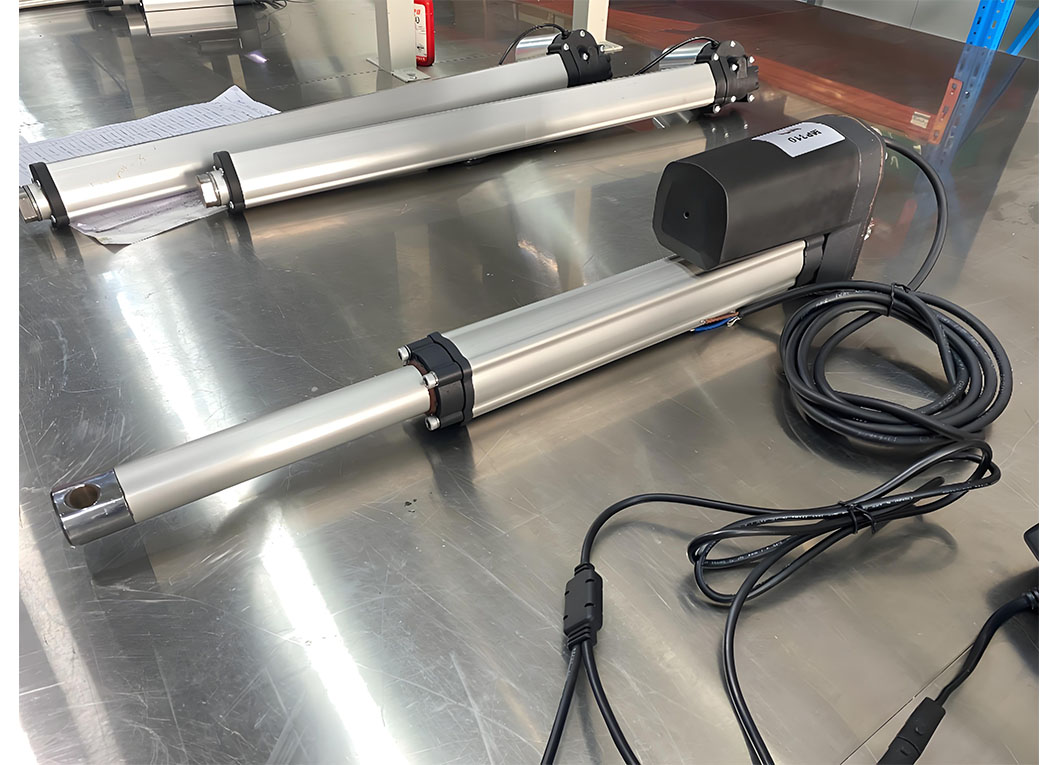
No matter what you pick, Jimi is here to guide you. We help you compare, choose, and win with the best linear actuators for every job.
Make your next move smooth, smart, and strong. Let’s build your perfect motion together.
Need help now?
Contact Jimi Technology Co., Ltd. for friendly expert advice. Your linear motion journey starts with a click.
References:
- Engineering Toolbox: Linear Motion and Mechanical Design Principles
- Jimi Technology Co., Ltd. Internal Product Testing, 2024
- “Linear Actuator Selection Guide” published by leading actuator industry consultants
See also:



